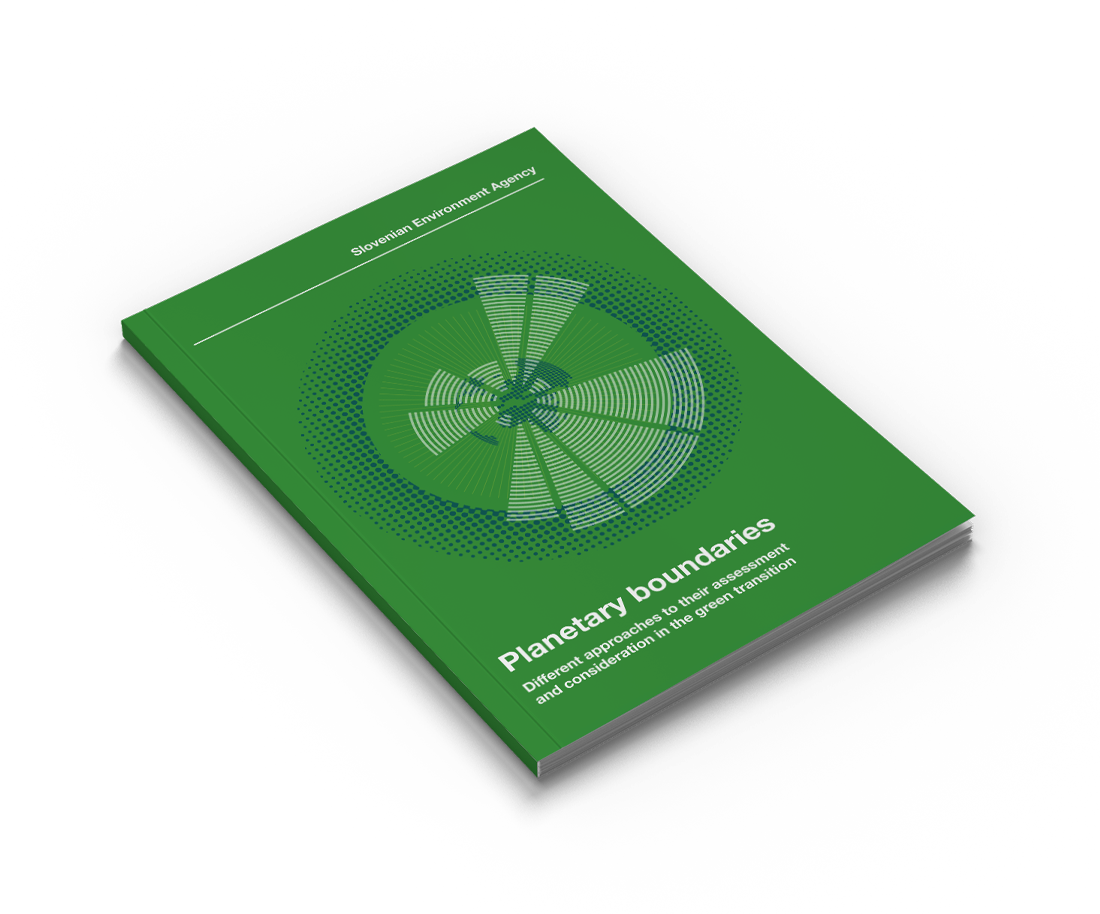Key measures for food and energy transition and reducing the ecological debt: solutions and opportunities
Food and energy systems are key to sustainable development. Various solutions and opportunities emerging in the transformation of key sectors can contribute to reducing ecological debt. Urgent systemic changes are needed to enable sustainable resource use and reduce negative environmental impacts.
Food and energy transition in the Earth4All initiative
The Earth4All analysis envisions that the five “giant leap” transformations can be achieved by implementing key policy goals. Two of these transformations, related to environmental challenges and the green transition, are highlighted: the food and energy transitions.
Food:
- The food system must become regenerative and nature-friendly by 2050.
- It will be necessary to promote local food production and reduce the use of fertilizers and chemicals.
- The key goals are healthy diets for all, protection of soils and ecosystems, and reduction of food waste.
Energy:
- Transform energy systems to increase efficiency and utilize wind and solar energy.
- Halve greenhouse gas emissions every decade.
- The key goal is climate neutrality (net-zero emissions) by 2050.
Food Transition: Making the food system healthy for people and the planet
A dietary turnaround, as envisaged by Earth4All, involves a complete change of the entire food system.
The plan highlights three key levers:
A shift towards a sustainable food system is not only necessary to address planetary constraints, but also to improve human health, as such a system contributes to healthier diets and a reduction in diseases associated with poor diets.
The plan highlights three key levers:
- A dietary shift, focusing on a shift towards a more plant-based and local diet, reducing the need for intensive livestock farming, which is one of the largest sources of greenhouse gas emissions.
- Food system efficiency, which involves optimising food production, transport and consumption, with a focus on reducing waste and making better use of natural resources.
- New farming methods, including a shift towards sustainable practices such as regenerative agriculture, agroecology and the reduction of harmful chemicals, which contribute to biodiversity protection, reduced emissions and better water use.
A shift towards a sustainable food system is not only necessary to address planetary constraints, but also to improve human health, as such a system contributes to healthier diets and a reduction in diseases associated with poor diets.
The remarkable turn in nutrition involves the production of food for eating habits and food waste.
Food production:
Rapid reform is needed, including sustainable intensification and regenerative agriculture. The expansion of agricultural land must be halted and degraded land must be restored. Farms must contribute to carbon storage in soils and vegetation, which helps to reduce greenhouse gas emissions.
Rapid reform is needed, including sustainable intensification and regenerative agriculture. The expansion of agricultural land must be halted and degraded land must be restored. Farms must contribute to carbon storage in soils and vegetation, which helps to reduce greenhouse gas emissions.
Dietary habits:
The well-fed should eat healthier and less stressful diets, while the malnourished should be rescued with regeneratively produced food.
The well-fed should eat healthier and less stressful diets, while the malnourished should be rescued with regeneratively produced food.
Food waste:
Waste must be reduced throughout the food chain. If we eliminated 25% of waste, we would feed everyone on Earth.
Waste must be reduced throughout the food chain. If we eliminated 25% of waste, we would feed everyone on Earth.
Our challenge is to transform the food system so that it provides healthy food for nine billion people without increasing land consumption or exploitation of marine areas. This requires reducing freshwater consumption, reducing fertiliser use and moving to net positive CO₂ emissions. Farmers must be treated as stewards of the biosphere and rewarded for their role in protecting the environment.
The energy revolution: the "electrification of everything"
Many people doubt that society can rapidly move away from fossil fuels, as this requires a fundamental restructuring of the industrial base. Fossil fuels have long been the basis of economic growth. Although the calls for action are correct, transforming energy policy is challenging because fossil fuels still have a major impact.
The energy turnaround involves a fundamental restructuring of the energy sector. Under the Paris Agreement, we must halve greenhouse gas emissions over the next decade and achieve climate neutrality by 2050. Key to this will be increasing energy efficiency and the use of renewable energy sources. To make the transition, we need large-scale electrification, the expansion of solar and wind farms and the promotion of electric vehicles.
The energy turnaround involves a fundamental restructuring of the energy sector. Under the Paris Agreement, we must halve greenhouse gas emissions over the next decade and achieve climate neutrality by 2050. Key to this will be increasing energy efficiency and the use of renewable energy sources. To make the transition, we need large-scale electrification, the expansion of solar and wind farms and the promotion of electric vehicles.
The world is already on the threshold of the fastest energy system transformation in history. Clean energy technologies are developing exponentially. In 2021, wind and solar power generated 10% of the world’s electricity, which could rise to half by 2030.
The key questions that remain are whether the turnaround will be fast and fair enough. Abandoning fossil fuel-intensive industries will free up a lot of land, replenish the oceans, reduce air pollution and provide enough energy for poorer populations.
The key questions that remain are whether the turnaround will be fast and fair enough. Abandoning fossil fuel-intensive industries will free up a lot of land, replenish the oceans, reduce air pollution and provide enough energy for poorer populations.
Global Footprint Network: promising actions for #MoveTheDate in the food and energy sectors
The Global Footprint Network was founded by Mathis Wackernagel and Susan Burns in 2003 to provide access to ecological footprint data that compares humanity’s demand for natural resources with nature’s regenerative capacity.
In 2006, they launched the Earth Overshoot Day campaign, which marks the date when humanity uses more resources than the planet can regenerate (1 August in 2024).
They also presented how we can move #MoveTheDate closer to the end of the year. In 2021, they presented ways to use existing technology to replace business-as-usual practices for 100 days, from World Ecological Debt Day to COP 26. It would take 10 days a year to meet the IPCC targets.
The Global Footprint Network groups actions into five thematic areas: cities, energy, food, planet and population. The energy and cities and food and planet areas, which are particularly relevant for Europe and Slovenia, are presented in more detail below. Calculations show that the ecological debt date should be brought forward by at least one day.
In 2006, they launched the Earth Overshoot Day campaign, which marks the date when humanity uses more resources than the planet can regenerate (1 August in 2024).
They also presented how we can move #MoveTheDate closer to the end of the year. In 2021, they presented ways to use existing technology to replace business-as-usual practices for 100 days, from World Ecological Debt Day to COP 26. It would take 10 days a year to meet the IPCC targets.
The Global Footprint Network groups actions into five thematic areas: cities, energy, food, planet and population. The energy and cities and food and planet areas, which are particularly relevant for Europe and Slovenia, are presented in more detail below. Calculations show that the ecological debt date should be brought forward by at least one day.
Energy and cities
Energy: The carbon footprint represents 60% of humanity’s ecological footprint. Economic decarbonisation is the key to tackling climate change and improving the ecological balance. More than 150 years ago, the carbon footprint was almost zero. To limit the global temperature rise to below 2 °C, the carbon footprint must be zero again by 2050.
Energy solutions:
- Reducing the carbon footprint by 50% would shift the Ecological Debt Day by 93 days.
- Using existing energy efficiency technologies would shift the Ecological Debt Day by 21 days.
Cities: By 2050, 70-80% of people will live in cities. Smart urban planning and urban development strategies are key to bioregeneration. Energy efficient buildings, integrated planning and efficient transport options are essential.
Transport: Urban planning has a significant impact on the need for cars, with personal mobility accounting for 17% of the carbon footprint. Reducing the footprint of car driving by 50% and replacing it with public transport, cycling and walking would shift the Ecological Debt Day by 13 days.
- Energy and cities solutions and their impacts:
- The Green New Deal: 42 days ahead.
- Smart Cities: a 29-day shift.
- Renewable energy: 26 days ahead.
- Battery technology: 15 days shift.
- Electric vehicles: a shift of 2.5 days.
- Green hydrogen: 18 days.
- Carbon price (100 USD/tonne): 63 days shift.
Food and the planet
Food: Half of the Earth’s biocapacity is used for food.
Two main issues arise:
Two main issues arise:
- Resource inefficiency in food production. Animal calories require more resources than plant calories. Agriculture uses fossil fuels intensively.
- Food waste. Around a third of food produced is lost or wasted, equally in high and low income countries.
- Opportunities for improvement for food and the planet:
- Reducing food waste, short food chains, interspecies tree farming.
- A shift to a plant-based diet would shift the ecological debt day by 17 days.
- Halving food waste would shift the day by 13 days.
Planet: Fertile soil, clean water and air are necessary for nutrition and health. Natural ecosystems such as oceans and forests regulate climate and absorb carbon. Over-exploitation of biological resources limits economies.
Interventions:
Interventions:
- Classical nature conservation.
- Restoration.
- Regenerative agriculture and sustainable fisheries.
Solution: Reforesting 350 million hectares of forests would shift the ecological debt day by eight days.
- Links and shifting the Ecological Debt Day:
- Low-impact beef production: 5 days.
- Interspecies tree cultivation: 2.1 days.
- Pasture management: 2.2 days.
- Silvopasture: 4 days.
Planetary boundaries
Discover various approaches to evaluating planetary boundaries and their consideration in the green transition.
The informational material includes detailed explanations of research approaches, analyses, and graphical representations.
The informational material includes detailed explanations of research approaches, analyses, and graphical representations.

